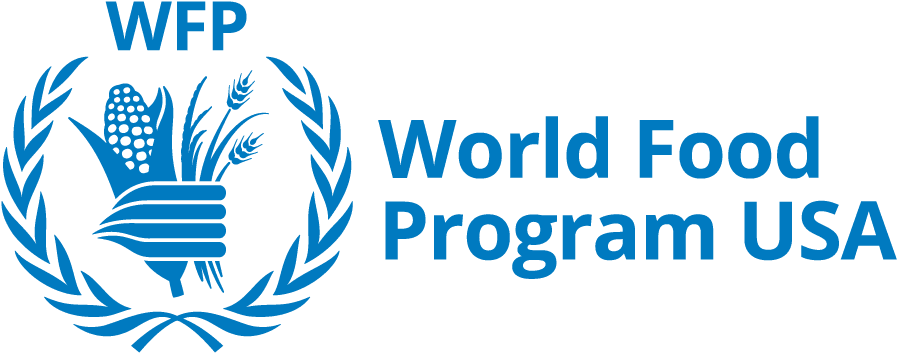Developing & Starving
By lifting millions out of hunger, China met its Millennium Development Goal of halving the number of hungry people by 2015 and reduced the global hunger rate by two thirds.
But still, millions of people are malnourished. Given the size of China’s population, rates of 9.4 percent for stunting in children, 19.6 percent for anemia and 25 percent for overweight represent significant national and global burdens.
The rural landscape is dominated by more than 200 million smallholder farmers, who produce the majority of the food consumed nationally and manage 95 percent of the cultivated land. For those living in the most remote locations, with poor infrastructure and limited access to financial and other services, markets and value chains, it is difficult to partake in the national progress and efficiency gains.
And then there’s climate change. More than 186 million people are exposed to the effects of droughts and floods, which are estimated to reduce the country’s potential grain output by about 20 million tons per year. This vulnerability is exacerbated by the expansion of agricultural activities into areas prone to disasters, and by poor maintenance of water conservation.
You can make a difference. By understanding issues, learning how to civically engage, and joining the movement to end global hunger for good.
 Zongan Bao/Unsplash
Zongan Bao/Unsplash






